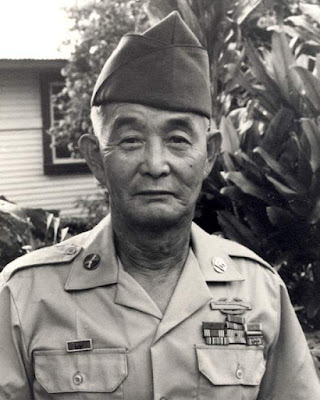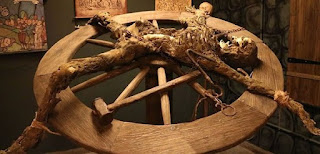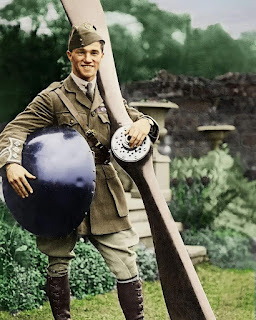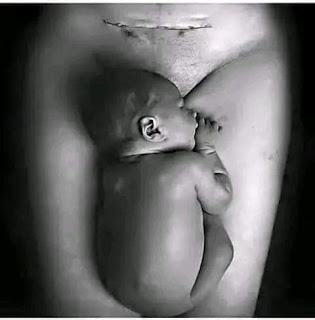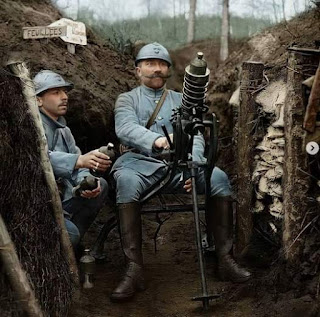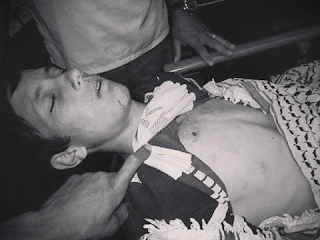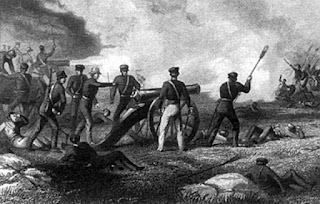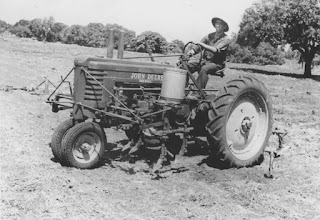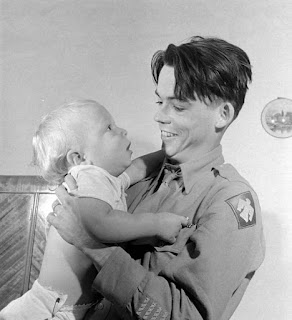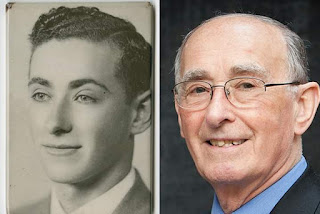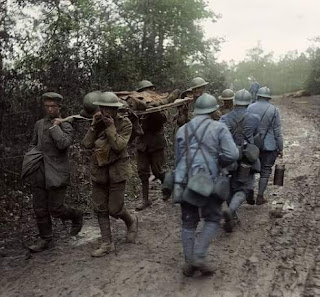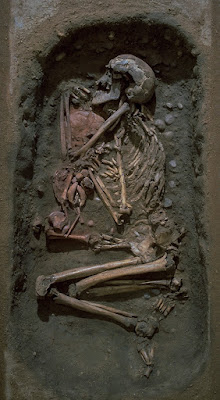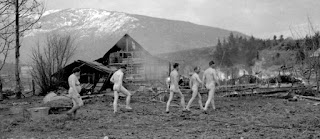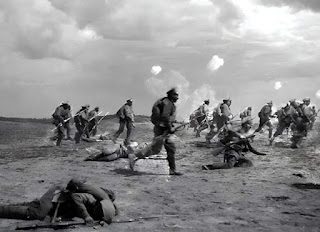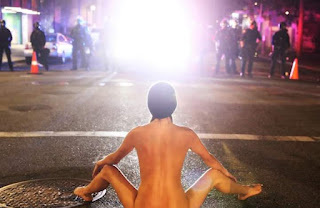July 7-8, 1950 - Chonan, South Korea
.jpeg)
July 7-8, 1950 - Chonan, South Korea Desperately trying to slow down the North Korean Army onslaught as it continued to move deep into South Korea, the understength, poorly equipped 34th Infantry Regiment, 24th Infantry Division - about 2 000 men - was sent to intercept a 12,000 man enemy division, supported by T-34 tanks, at Chonan. The 34th, at the cost of about 300 casualties (including over 100 killed and 80 captured), managed to delay the NorKs for about a day and a half. The Regiment's 3rd Battalion was rendered all but ineffective in the struggle. During the action near Chonan, Korea, the 3rd Battalion, had been surrounded by superior enemy forces which then launched a tank and infantry attack. 1LT James C. Little voluntarily took command of a 2.36 inch rocket launching team and a rifle grenade launcher. With these inadequate weapons, he destroyed two of the enemy tanks. Noticing that a platoon, which was operating without an officer, was preparing to prematurely withdra

